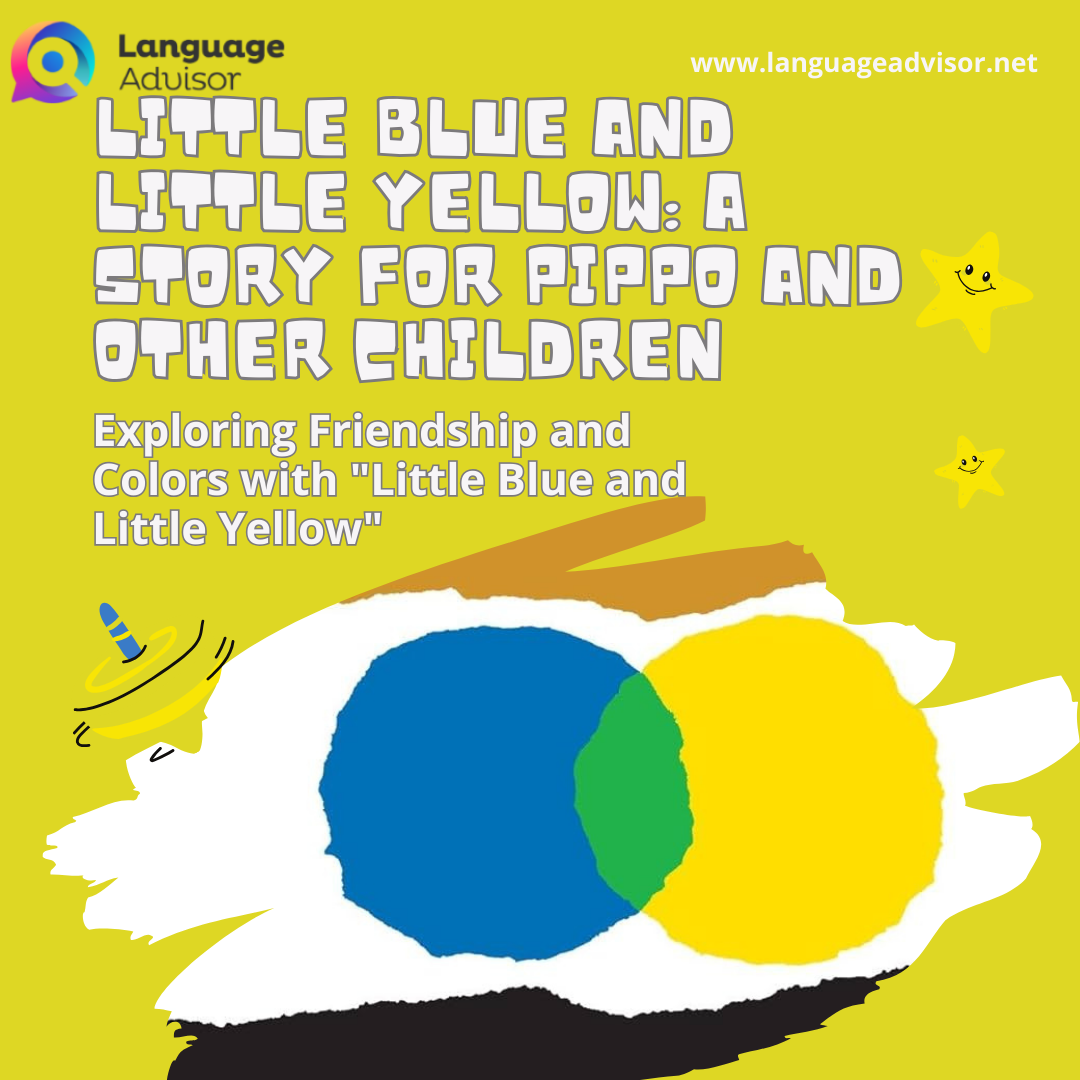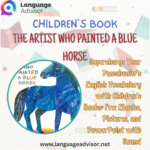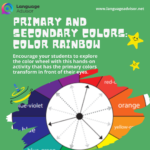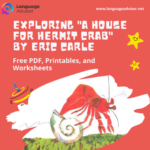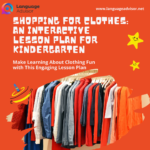Little Blue and Little Yellow: A Story for Pippo and Other Children. Exploring Friendship and Colors with “Little Blue and Little Yellow”
Little Blue and Little Yellow

Little Blue and Little Yellow
“Little Blue and Little Yellow” by Leo Lionni is a classic children’s book that beautifully explores themes of friendship, identity, and the wonder of color mixing. This charming story not only captivates young readers but also serves as a valuable educational tool for teachers and parents. Here’s a closer look at how you can use this book to create an engaging and meaningful learning experience for your students.
About the book
In this, the first of Leo Lionni’s picture books, two round blobs of color share
friendship and frolic in their neighborhood. Named for their hue, Little Blue
and Little Yellow embrace one day and find that their colors combine to
make green. Although they do not stay green, they are forever changed by
knowing that friends rub off on friends, and color proves no boundary.
Before you read: Predicting the Story
Hold up Little Blue and Little Yellow (as Leo Lionni refers to this book) so
children can see the cover art. Then read the title aloud, and ask them to
guess what the story might be about. Write their guesses on chart paper,
and turn it into a graph by asking children to tell which prediction they agree with most. Make tally marks beside each prediction to show how
many children chose it. After you read the story, invite children to tell which
predictions were closest to the story line.
After you read: Talk About the Story
Through discussion, bring out points of interest in the story. Questions you might ask include:
- What did Little Blue and Little Yellow do for fun in their
neighborhood? - How did Little Blue and Little Yellow become green?
- What happened when Little Blue went home green instead of blue?
- How did Little Blue and Little Yellow feel when their parents didn’t
recognize them? Why did they feel that way? - When did Little Blue’s mama and papa find out what caused Little Blue
to turn green? - How did the families feel in the end? Why did they feel that way?
NOTE: Children may point out that Little Blue disobeyed his mama by
going outside when she told him to stay home. If this comes up, take time
to discuss the importance of following rules and never leaving home without a parent or guardian’s permission.
Mixing Colors
In the story, the artist combined blue and yellow to make green. Review and
expand this color concept by letting children explore and combine colors in
the following activities.
Mix Paint – Divide the class into small groups. Provide each group with a
paper plate on which you have placed one blob each of red, blue, and yellow paint. Let children combine colors to make different-colored circles on a separate sheet of paper. To demonstrate the process, first dip a brush in red paint and move a blob of red to an empty space on the plate. Then add to it a blob of blue paint and mix until the new blob turns purple. Other colors children might make include orange (red and yellow), green (blue and yellow), brown (green, yellow, and red), and turquoise (green and blue).
Make Paint-Blot Art. Give each student one sheet of 8 1/2- by 11-inch paper. Show them how to do the following: Fold the paper in half as if making a card. Open the paper flat and drop blobs of paint on the inside fold or on either side of the fold. Fold the paper again and press gently along the outside. Open the paper to reveal the paint blot. Then ask children to write or dictate a sentence or two that gives the paint blot a name and tells a story about it.
Make a Tissue Paper Collage
Help children combine shapes and colors in an intriguing collage. Ask children to cut tissue paper into shapes such as squares, circles, and triangles. Provide each student or pair of children with liquid glue or
liquid starch in a small cup. Have children dip a paintbrush into the glue or starch and paint a thin layer of it on a paper plate. Let children press individual pieces of tissue paper onto the wet plate. Instruct children
to paint another thin layer of glue or starch over the tissue. Have children
add another layer of tissue, overlapping colors for effect. Dry completely,
punch holes for hanging, and display.
Make a Map
Reread Little Blue and Little Yellow. Ask children to tell what Little Blue saw
in his neighborhood (houses, a school, a store, a park, a tunnel, and a
mountain). As a class, work together to create a map of Little Blue’s
neighborhood, drawing Little Blue’s house across from Little Yellow’s (as
specified in the story) and placing other landmarks anywhere children
choose to. Older children who are familiar with maps may want to work
independently or in small groups. Children might also want to draw and
name Little Blue’s friends and/or design a home or bedroom for Little Blue.
Let children practice using their maps, directing classmates to start at a
specific location and “go to the playground” or “go to Little Blue’s house.”
Make a Story Cube
Photocopy page 20 for each student. Have students glue the page to
lightweight cardboard, then cut out the pattern. With the story cube laid
flat so the number 1 is right side up in the top left corner, have children:
- Draw a picture in box 1 to show what happened first in the story.
- Draw a picture in box 2 to show what happened next.
- Flip the cube around so box 3 is right side up in the top left corner.
Draw a picture in the third box. - Continue in this manner to complete boxes 4, 5, and 6. The sixth box
should show how the story ended. - Fold the pattern on the dotted lines to form a cube and secure the sides
with glue or tape.
NOTE: Children may find it helpful to list the six events they plan to feature
before drawing them. Encourage them to do this on a separate sheet of
paper. If children have never made a story cube before, you may need to
walk them through the process and complete the story cube as a class.
Children may also enjoy using the cubes to retell the story to classmates or
bringing the cubes home to share with family members.
Make a Paint-Blot Book
Invite children to create artwork in the style of Leo Lionni by making
paint blots on paper and writing a story based on them. Provide
children with paper, paintbrushes, and paint. Have them paint one or
more blots on a page. Using the blots as characters, children can
write a story.
Colors at Play
Challenge children to think of other games Little Blue and his friends might
play besides Hide-and-Seek and Ring-a-Ring-O’Roses. Use paint blots or
crayons to draw the activity, modeling the art after Lionni’s.
Conclusion
“Little Blue and Little Yellow” is a timeless story that offers valuable lessons in friendship, identity, and color theory. By incorporating reading, discussion, and hands-on activities, you can create a rich, multi-faceted learning experience that your students will love.
This book is a wonderful resource for teaching young children about the beauty of diversity and the magic of colors.
So, dive into the world of Little Blue and Little Yellow, and watch your students’ eyes light up with understanding and joy.
DOWNLOAD THE PDF FOR FREE

Also check out these lesson plans


